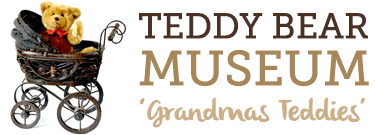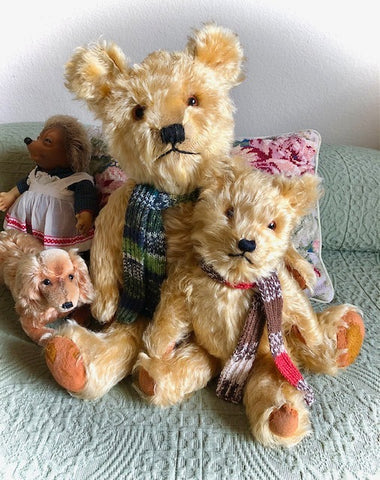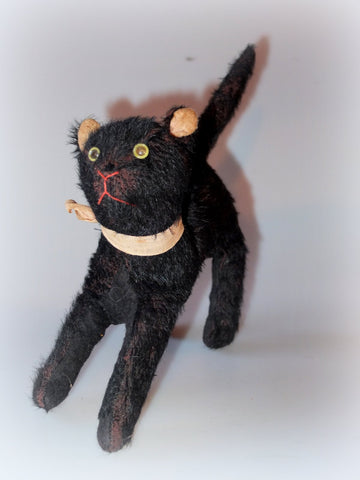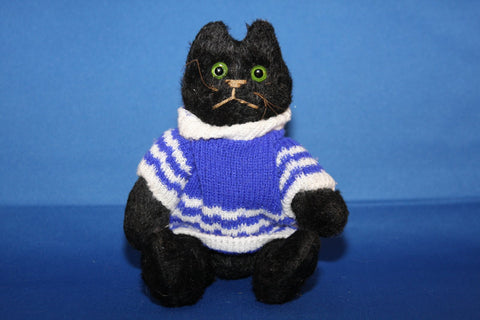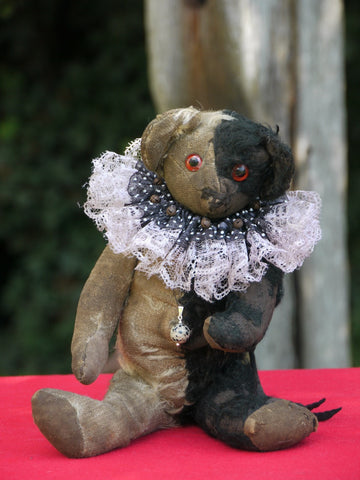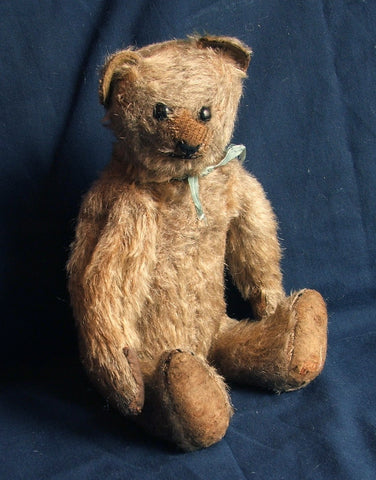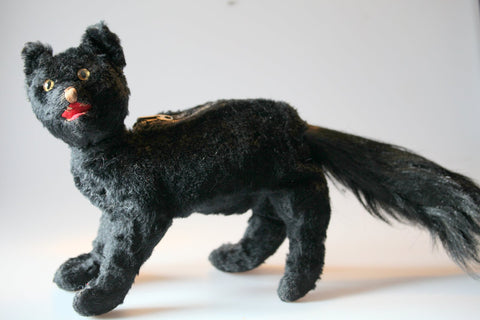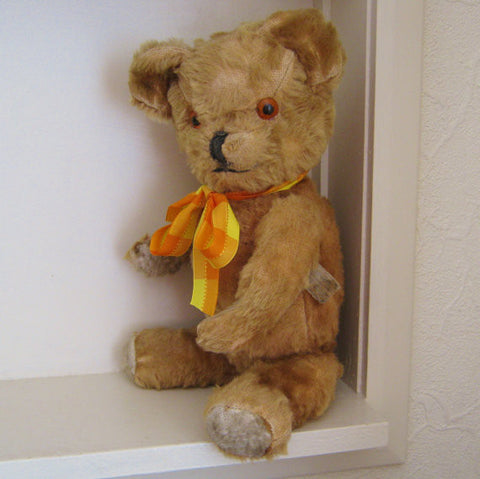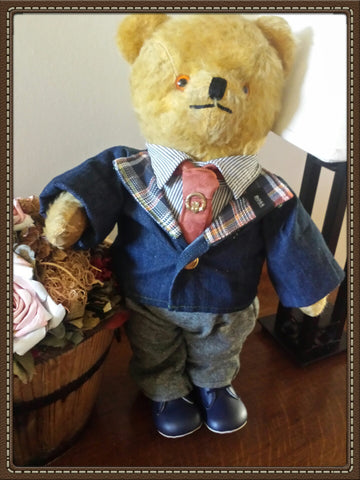English
Early English teddy bears are very difficult to identify. There were many early makers who came and went. These early teddy bears looked very much like their German cousins, but because British companies did not label their bears properly during these first years few British bears from this period can be positively identified.
Early English bears usually have:-
Long thin bodies
Thin legs and arms
Little or no stitching apart from nose and mouth
Hard wood wool stuffing
Lefray Toys Ltd
1948 Lefray Ltd was established, originally in west London. C.1958 they moved to north-west London. 1960 the company relocated to a new factory in St. Albans, Hertfordshire. This enabled modern methods of manufacture and significantly increase production. 1969 transferred over to Wales, Aberbeeg, Abertillery, Gwent. In 1980 they take over Real Soft Toys producing the firm’s toys under a separate label. In 1990 they obtain the licence to produce the soft toy version of Rupert Bear.
1950’s a typical Lefray bear has a golden brown mohair coat, brown cloth paw pads and orange and black plastic eyes. A growler mechanism in his chest operated by a pulling cord in his back. A label attached to a foot pad.
Lefray bears were typically British for the period except for a very unusual standing bear made with fixed body and strange face. 21” tall. Standing on very short fixed legs, arms are jointed. Ears lined with brown velvet and nostrils in red.
1960’s bear has large flat ears sewn into a horizontal dart across the face seams and was made in mohair. Black pupils are an optical illusion – created by a hollow space an integral shank of the plastic eye. A nose vertically stitched, body chubby and short arms and fat thighs legs with stubby feet. 16” tall. Some have the pile shortened on the snout (not shaved).
The following bears do not have any labels or buttons.
